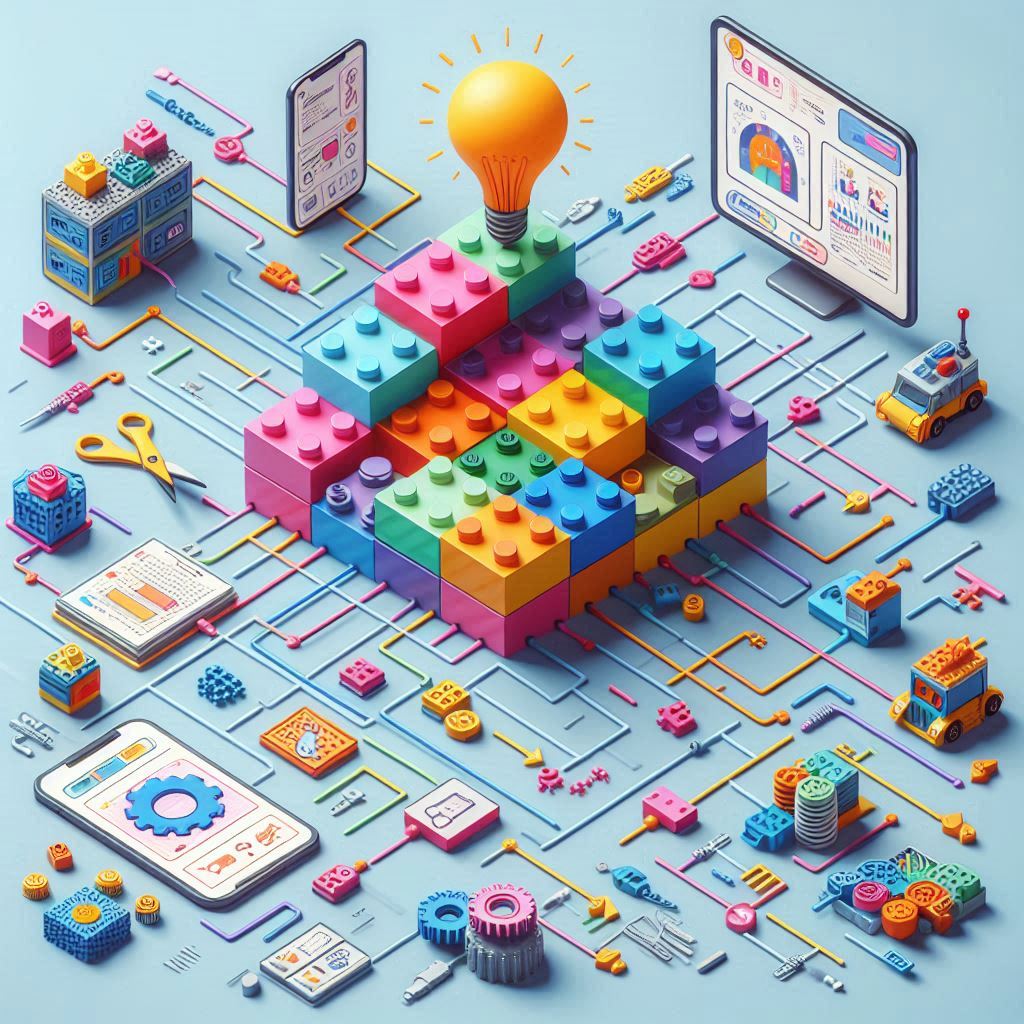the evolution of no-code tools: from visual basic to Make.com and Zapier
For decades, software development was limited to those who could write code, but no-code tools have transformed the landscape, making it possible for non-programmers to build applications, automate workflows, and solve business problems. Let’s explore the evolution of no-code tools, from their early days to the powerful platforms we use today.
the early days: Visual Basic and Microsoft Access
In the 1990s, Microsoft introduced Visual Basic (VB), one of the first tools that allowed users to create applications with minimal coding. VB used a graphical interface where users could drag and drop components, significantly lowering the barrier to entry for software development.
Alongside VB, Microsoft Access provided an intuitive way to create databases with a user-friendly interface. These early tools paved the way for more advanced no-code platforms by proving that visual programming could empower non-developers.
the rise of web-based no-code platforms
With the rise of the internet in the 2000s, web-based no-code platforms emerged, enabling users to create web applications without traditional programming knowledge. Notable examples include:
- WordPress (2003): Allowed users to build websites using themes and plugins instead of writing code from scratch.
- Google Sheets & Forms: Enabled users to create powerful, interactive tools with built-in automation features.
- Wix & Squarespace: Made website building more accessible with drag-and-drop functionality.
These platforms opened the door to a broader audience, showing that software creation wasn’t limited to professional developers.
the automation revolution: Zapier and Make.com
As businesses grew more digital, the need for automation became critical. Enter Zapier and Make.com (formerly Integromat), two no-code platforms designed to connect apps and automate workflows.
- Zapier (2011): Popularized the concept of “Zaps,” which allow users to link different applications together. For example, a new email in Gmail could trigger an entry in a Google Sheet without any coding.
- Make.com: Provided more advanced automation capabilities with a visually intuitive workflow builder, allowing users to create complex integrations between apps.
These tools empowered businesses to eliminate repetitive tasks and streamline operations without hiring developers.
the future of no-code tools
Today, no-code platforms are more powerful than ever, allowing users to create full-fledged applications, automate business processes, and even build AI-powered solutions. Some of the most promising trends include:
AI Integration: Tools like OpenAI’s ChatGPT are being incorporated into no-code platforms to provide intelligent automation and content generation.
No-Code for Enterprises: Large companies are adopting no-code platforms to reduce IT bottlenecks and enable faster innovation.
Expanding Capabilities: Platforms like Bubble and Webflow are pushing the boundaries of what no-code can achieve, enabling users to build highly customized web applications.
conclusion
No-code tools have come a long way from the days of Visual Basic and Microsoft Access. Today, platforms like Make.com and Zapier are revolutionizing the way businesses operate, allowing anyone to build software solutions without needing to write a single line of code. As these tools continue to evolve, the future of no-code development looks brighter than ever, making innovation more accessible to everyone.
